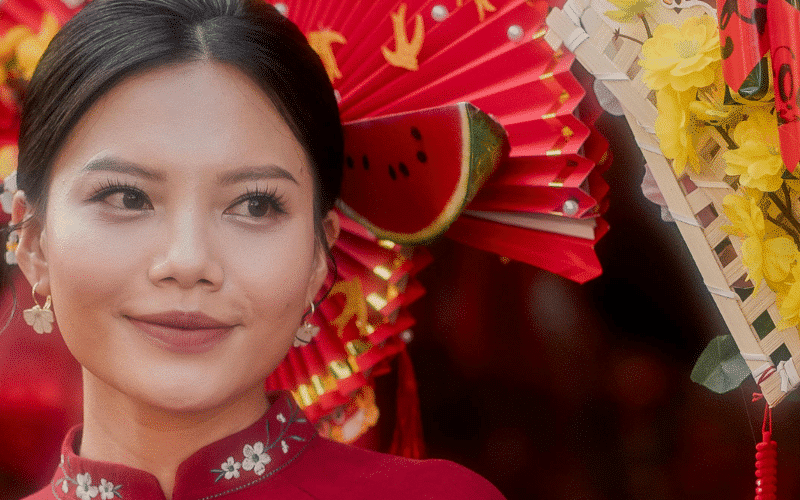The Unseen World of Latina Goths
Ever thought about the connection between gothic themes and Latine culture? From deep-rooted traditions tied to mortality to folklore tales filled with haunting spirits, it’s not hard to see how gothic themes tie in seamlessly with our culture.

The emergence of goth culture within the Latina community is intertwined with the historical backdrop of Latin America. Born amidst socioeconomic instability and political unrest, Goth culture, with its emblematic black attire, a penchant for the darkly romantic, and roots in post-punk music, has woven itself into the tapestry of societies worldwide, offering an escape and a form of resistance.
Goth culture first made its way into the Latina community in the late 1980s and early 1990s. It was heavily influenced by the Gothic rock and post-punk music scenes. This was a time when bands like Siouxsie and the Banshees, The Cure, and Bauhaus were gaining international popularity, and the messages of alienation and rebellion resonated with many Latina youth.
Gothic culture’s fascination with the exploration of mortality, melancholy, and the macabre found a natural home within Latin America’s cultural framework. From Mexico’s Dia de Muertos to various folklore tales filled with haunting spirits and tragic love stories, gothic themes echo in Latine culture.
Throughout the years, many influential personalities have helped popularize this unique lifestyle, seamlessly integrating it into mainstream consciousness.
Kat Von D, a professional tattoo artist, entrepreneur, and TV personality, draws on her Mexican roots and remarkable gothic aesthetic to champion goth culture within the Latine community. From her distinctive fashion style and makeup to her thriving beauty line, she illustrates how this vibrant subculture can be an integral part of daily life.
Kat Von D’s husband, Rafael Reyes, or Leafar Seyer, also happens to be a talented musician and author that’s significantly impacted the Latina goth scene, particularly with his band, Prayers. They initiated Cholo goth, a compelling blend of goth and Mexican-American Cholo subculture. Through his work, Reyes addresses potent themes like violence, survival, and spirituality, offering a reflection of his experiences that resonates with the community.
Goth Latina influences are also making waves in the entertainment industry. Goth culture is becoming more visible in TV shows and movies. From Jenna Ortega’s Wednesday Addams in “Wednesday,” to Jackie Cruz’s Flaca in “Orange is the New Black.”
Goth culture within the Latina community serves as a tool for self-expression, a challenge to societal norms, and a reflection of their diverse heritage. This aesthetic allows Latinas to disrupt traditional beauty standards often associated with vibrant, colorful imagery, embracing instead a dark romanticism that mirrors Latin America’s rich and contrasting history.
Latina goth culture offers a unique fusion of traditional and unconventional aesthetics, showcasing the community’s diversity. Its evolution and growth, spurred by prominent figures and pop culture, continue to draw more of the Latine community into its witchy realm.




